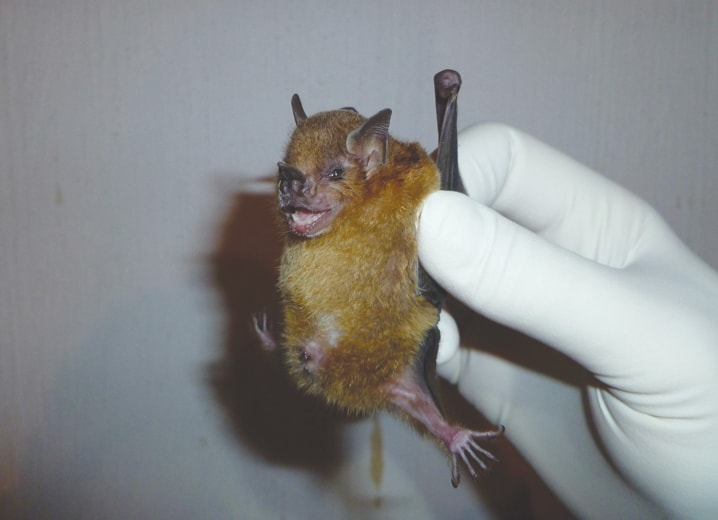TORONTO — Scientists have found a new — though very old — subtype of influenza in an unlikely host: a species of bats from Guatemala.
The finding both increases the repertoire of known subtypes of flu and the known range of mammals that can be infected by the wily viruses.
It may also provide clues to the evolution of influenza, because some of the genes in the bat viruses appear to have diverged from those found in other flu subtypes hundreds of years ago.
Scientists from the U.S. Centers for Disease Control and Universidad del Valle in Guatemala City found the new subtype in a species of bats known as the little yellow-shouldered bat in southern Guatemala.
Up until now, it was thought there were 16 types of hemagglutinins, the protein on the surface of a flu virus that contributes the H to its name. They have been called H1 through H16. Most flu subtypes don’t circulate among people and are seen mainly in aquatic birds, the reservoir of influenza viruses.
But the hemagglutinin of the new bat virus is sufficiently different from the existing ones that it qualifies as a new subtype, H17, said Ruben Donis, the influenza virologist who was the senior author on the paper, published Monday in the Proceedings of the National Academy of Sciences.
Donis said it’s not clear at this point whether H17 can reassort with other flu viruses — those that infect people, for instance — to form a new hybrid that could spread among other mammals.
“But indeed, if this could be reassorted and infect other mammalian species — let’s say swine or dogs or something like that — it could eventually find its way into humans,” he noted in an interview.
Donis said the CDC scientists would like to see if bats are susceptible to human flu subtypes, which would provide a better picture of the likelihood of viruses moving between the species and reassorting. And work is underway looking for evidence of influenza infection in other species of bats elsewhere in the world.
The work was done using a test that looks for genetic signatures of flu viruses, pieces of genetic code from the internal proteins of the viruses that don’t change from one subtype to the next.
Fecal samples from only three of 316 bats tested were positive for influenza.
But the positive samples were collected in two different years and in two different locations, lowering the possibility that these were fluke findings, the authors said.
Why look for flu in bats? Donis explained that the animals — which make up about a quarter of the species of mammals on earth — have long been known to harbour a puzzling array of viruses. Bats are believed to be sources of Ebola and Marburg viruses, Nipah viruses and the SARS coronavirus.
With this finding, bats join a growing list of mammals that are known to be susceptible to influenza, including raccoons, anteaters, seals, horses, dogs, cats, whales, minks, ferrets, and guinea pigs.
